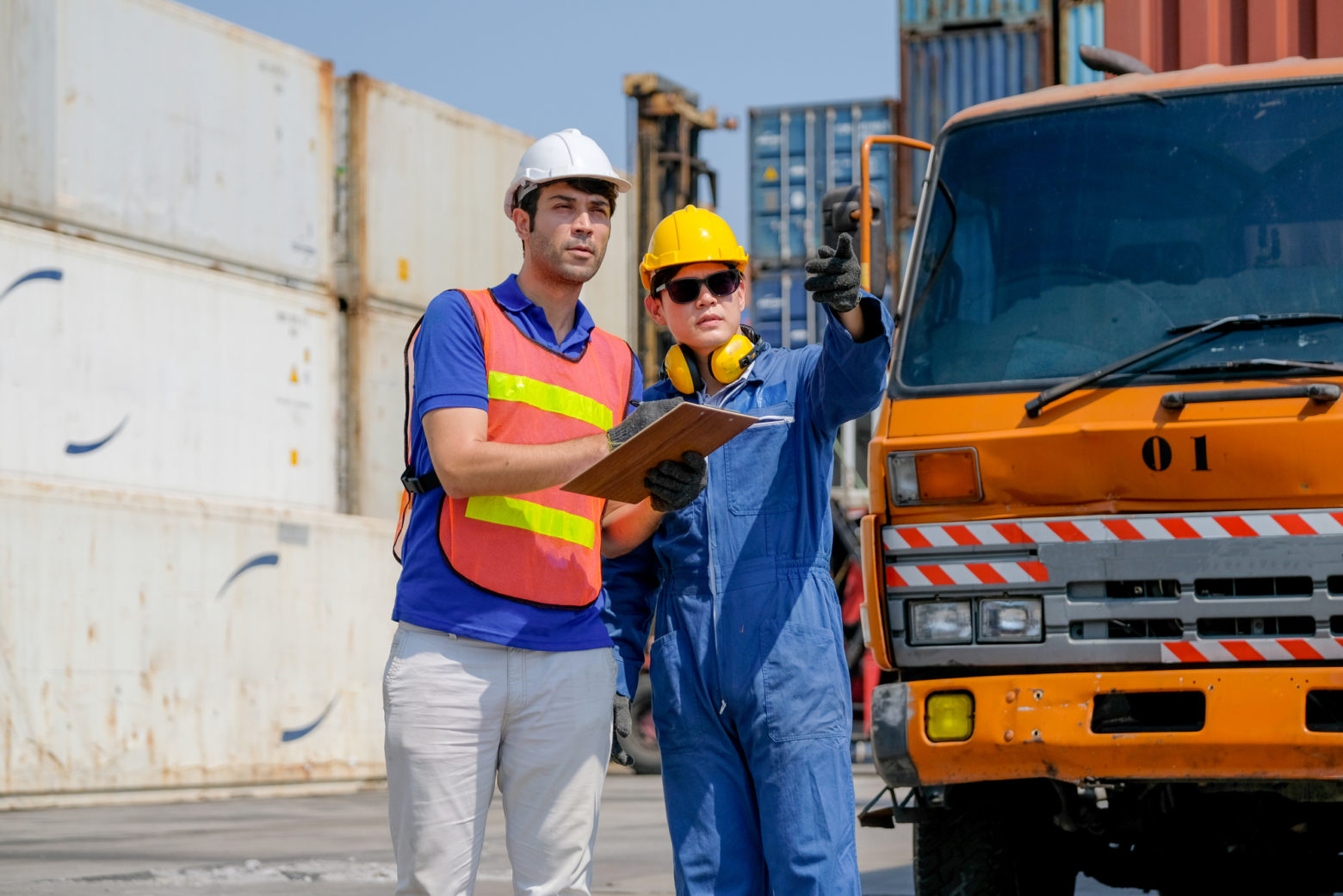Welcome to Issue #2 of the Digital Transformation Digest

The October issue of Digital Transformation Digest shares news about how the elections in one country will be run using Blockchain, multiple ways robotics are used in product distribution, the fast-food industry and retail locations, and road-testing self-driving vehicles in Australia and New Zealand. Do you still believe in the rise of machines? It’s not as far away as you may think! Robots are everywhere! And there are some industries where they operate even better than humans – for example, in logistics and automated warehouses. The rise of eCommerce has changed the way we shop; but many of the warehouses behind products we buy haven’t evolved at the same pace.
Recent Digital Transformation Cases
Today’s consumers have come to expect instant gratification. When they place an order online, they expect to get it quickly. Otherwise, they’ll just shop on a different website the next time.
Ecommerce software companies need to get orders out the door at a pace that is faster than humanly possible. That’s why inVia Robotics launched a new robotics system that puts goods directly into shipping boxes. Instead of investing in a fleet of robots, customers pay a monthly service fee. InVia’s robots can be programmed to move quickly while they pick in human-free zones, and then slow down when they deliver the goods to people who pack the orders.
In other news, the German robot company Magazino has signed a deal to sell three robots to logistics company Fiege. Fiege is one of the largest logistics companies in the world with a turnover last year of €1.4bn. The company is starting small with its new contract for three of the perception-controlled robots that Fiege will use in its shoe order fulfillment subsidiary.
Robots are needed in the fast food and retail industries. There are many examples of their usage in restaurants and shops. Did you know that Kawasaki recently opened a robotics showcase for interested purchasers, allowing them to see products in action? One of our favorite demos was a sushi-making robot created to show off the dexterity and precision of a pair of robotic hands.
Not so long ago Domino’s and Flirtey launched the first commercial drone delivery service, aiming to soon deliver pizza via remotely piloted aircraft (RPA) straight to a customer’s front door. Although headquartered in Brisbane, Australia, Domino’s has chosen to kick off the DRU Drone initiative in Auckland, New Zealand, as the country’s current regulations allow businesses to utilize unmanned aircraft.
There may come a day when you walk into Lowe’s looking for a wrench and ask a robot where to find it. In September the home improvement retailer began introducing the LoweBot in 11 stores in the San Francisco Bay area, starting with a San Jose store.
When talking about robots, we should remember another magic ingredient of digital transformation – self-driving cars technology. These technologies are the main component of smart cities projects; but also could be used in commercial implementation. Following initial testing back in May, Uber has announced that customers in Pittsburgh, Pennsylvania will be able to request a ride in self-driving cars using their Uber app very soon.
Also, the first driverless vehicle on a public Australian road has rolled out, mixing it with other cars, cyclists and pedestrians in Perth. The 11-seat French Navya shuttle bus was bought by the automotive club RACWA for $296,000 and will spend the next three months covering a 2.7km stretch of the South Perth shore along the Swan River, operating at speeds of up to 25km per hour.
Australia was looking like a pioneer in digital transformation last week. We learned that Australian energy utility AGL is set to embark on a three-year, $300 million digital transformation program that will target everything from core systems to customer-facing IT. Then we heard that the Australia Post is looking to move into the business of running elections and plans to use the blockchain (!) as a central pillar of its plan.
But that’s not all, new technologies, Big Data and IoT promise big changes to the agriculture industry. The State University of New York (SUNY) College of Agriculture and Technology is building what it calls the Broadband Rural Agriculture Cloud, or BRAG Cloud for short. The goal is to create a common directory or clearing house for agriculture and farm food information, something that does not exist today.
This concludes our global roundup of examples about how digital transformations continue to disrupt industries and improve business operations. Stay tuned for the next issue where we will feature more highlights on companies that are transforming the way they do business while improving the customer experience.
Based on materials from:
- https://www.facebook.com/digitalizationcases/posts/1796824640595225
- https://www.facebook.com/digitalizationcases/posts/1806053056339050
- https://www.facebook.com/digitalizationcases/posts/1793846497559706
- https://www.facebook.com/digitalizationcases/posts/1806054536338902
- https://www.facebook.com/digitalizationcases/posts/1806056396338716
- https://www.facebook.com/digitalizationcases/posts/1806053453005677
- https://www.facebook.com/digitalizationcases/posts/1806055139672175
- https://www.facebook.com/digitalizationcases/posts/1805917263019296
- https://www.facebook.com/digitalizationcases/posts/1806054233005599
- https://www.facebook.com/digitalizationcases/posts/1796840510593638
